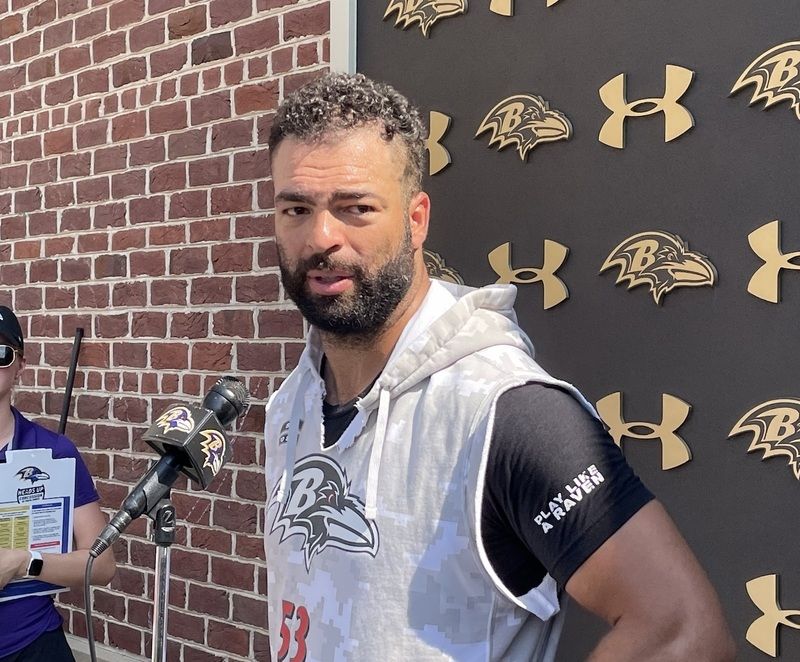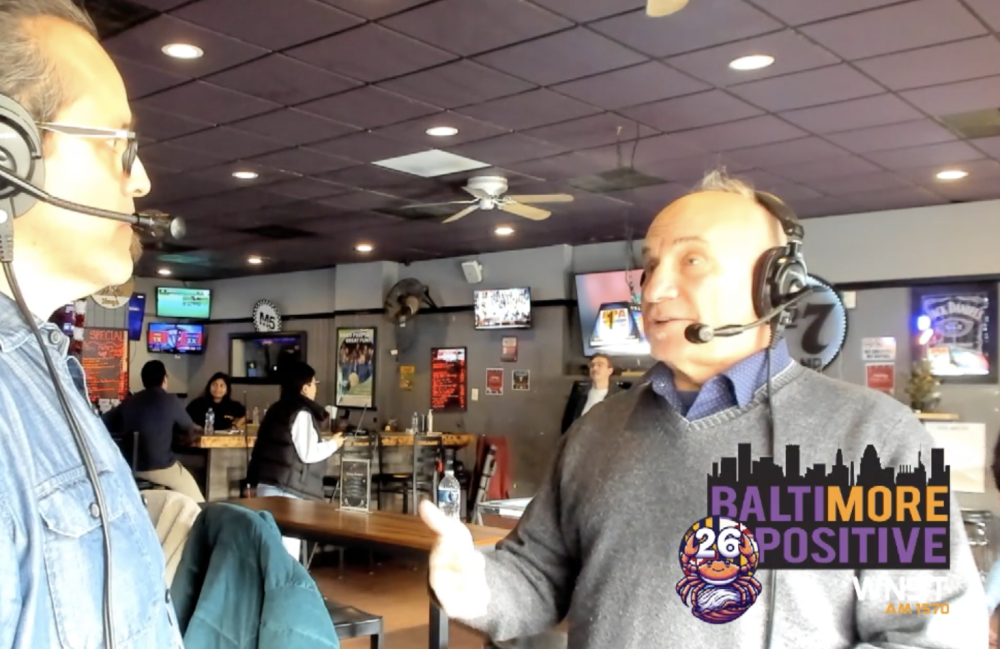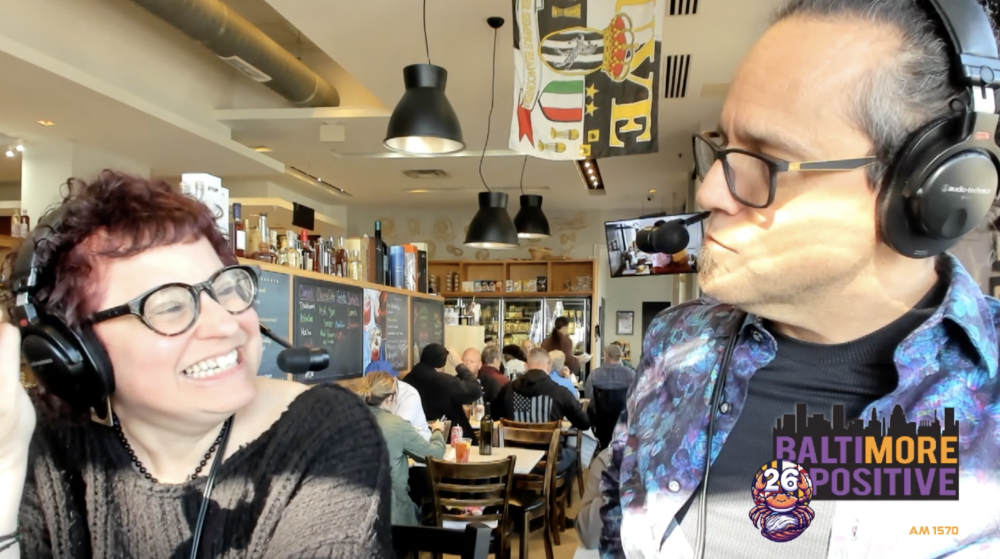With only days remaining until the start of the 20th season at Oriole Park at Camden Yards, I take a look back at the top 20 moments in the history of the ballpark. Selected moments had to relate directly to the action on the field at the time. No orchestrated events such as World Series anniversary celebrations or Orioles Hall of Fame inductions were eligible.
Previous selections:
20. Wieters’ debut
19. Nomo tosses only no-hitter in Oriole Park history
18. Orioles rally from nine-run deficit against Boston
17. 30-3
16. Showalter takes the helm
15. Palmeiro homers in Oriole debut
14. Griffey’s Warehouse shot
13. Sparring with Seattle
12. Davis defies the odds
11. Hoiles’ slam stuns Mariners
10. Game 6 of 1997 ALCS
9. 1993 All-Star Game
8. Moose misses perfection
7. Eddie comes home
6. Bonilla’s slam leads to first playoff win at Camden Yards – Oct. 1, 1996
The scenario seemed impossible only two months earlier, but the Orioles found themselves playing in their first postseason game in 13 years and first ever playoff contest at Camden Yards.
Floundering at the .500 mark in late July, rumors were flying that general manager Pat Gillick was about to trade outfielder Bobby Bonilla and pitcher David Wells in separate deals for prospects. However, owner Peter Angelos famously (ominously?) vetoed the trades, citing a commitment to win in 1996 despite the struggles of the club to that point.
The Orioles found their stride in mid-August and clinched the wild card spot on the penultimate day of the season. They ironically found themselves in an American League Division Series matchup with the Cleveland Indians, the team linked to trades for both Bonilla and Wells at different points that summer.
Under the absurd playoff format of the time, the teams would play Games 1 and 2 in Baltimore despite the AL Central champion Indians holding the homefield “advantage” in the series. The final three games of the best-of-five format were to be played in Cleveland.
Wells pitched adequately (four earned runs allowed in 6 2/3 innings) as the Game 1 starter, but it was Bonilla who provided the drama of the afternoon. With the Orioles holding a 5-3 lead in the bottom of the sixth, Indians starter Charles Nagy had exited the game and lefty Alan Embree had plunked Rafael Palmeiro to load the bases with two outs.
Wanting Bonilla to bat left-handed — considered to be his weaker side — Cleveland manager Mike Hargrove brought in Paul Shuey to get the final out and to keep the Indians’ potent lineup within striking distance. The count went full before Shuey delivered a low fastball that Bonilla clobbered into the temporary bleachers above the right-field scoreboard (added for the postseason) for a grand slam, sending 47,644 into an absolute frenzy at Camden Yards.

It was the first postseason grand slam by an Oriole since pitcher Dave McNally — who threw out the honorary first pitch that afternoon — hit a slam in Game 3 of the 1970 World Series against the Cincinnati Reds. Bonilla took a curtain call from the screaming crowd after creating postseason magic for the first time at Camden Yards.
The Orioles won 10-4 thanks to four home runs (two by left fielder B.J. Surhoff), grabbed another win in Game 2, and prevailed in the series, 3-1, as the Indians never recovered from the shock of losing the first two games in Baltimore despite having the best record in baseball that year.
Baltimore would go on to lose in five games to the New York Yankees in the ALCS, but Bonilla’s slam in Game 1 against the Indians provided one of the most exciting moments in Camden Yards history and, temporarily, validated Angelos’ decision to veto the deadline trades.
However, Bonilla and Wells would depart via free agency after the season, and the long-term damage Angelos’ meddling created for the franchise is up for strong debate as the Orioles haven’t returned to the postseason since 1997 and have gone through a plethora of frustrated general managers in the process.



























